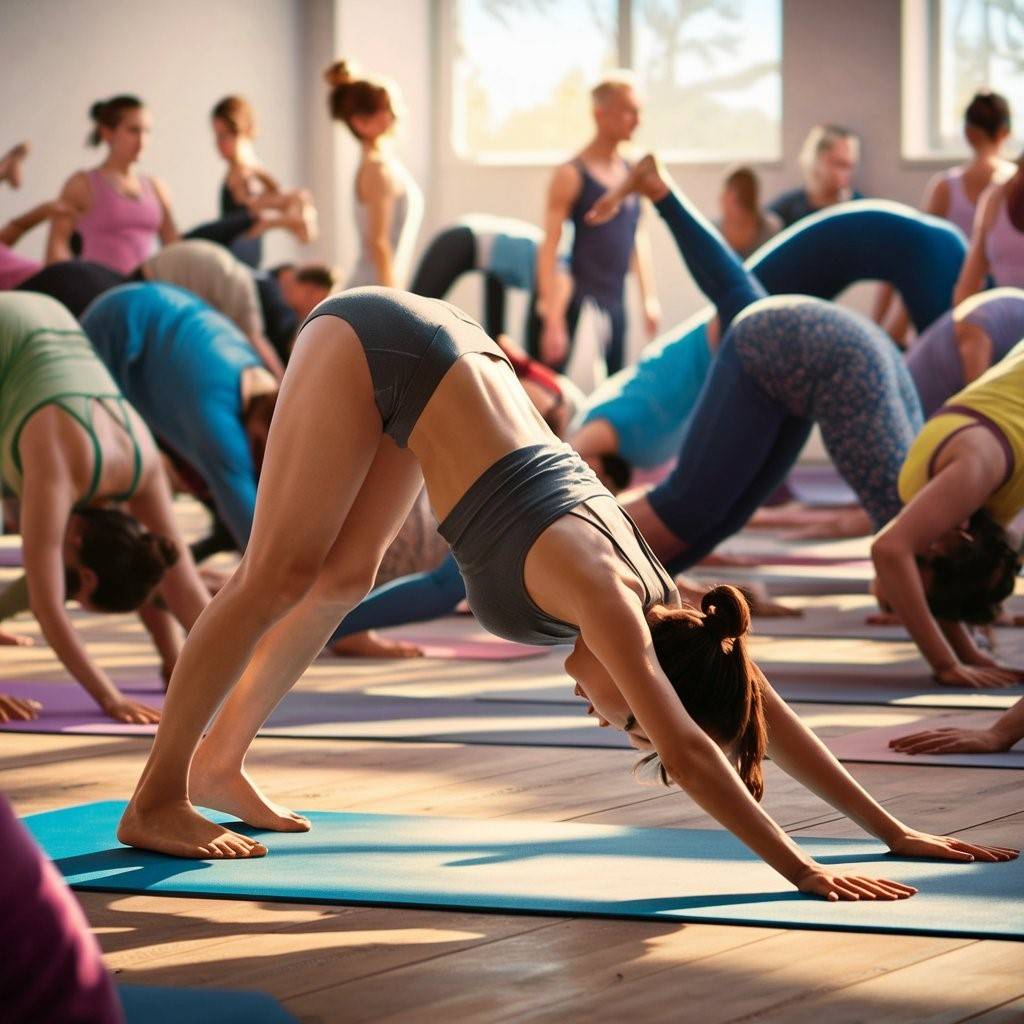12 Best Yoga Moves for Beginners: Master the Basics with These Essential Poses!
Unlock the secrets to a successful yoga journey with our guide to the “Best Yoga Moves for Beginners“. Master these essential poses and experience the physical and mental benefits.
Introduction
Are you new to the world of yoga and feeling overwhelmed by the numerous poses and terminology? Don’t worry! We’ve got you covered with our guide to the best yoga moves for beginners. Mastering these essential poses will not only lay a solid foundation for your practice but also provide you with numerous physical and mental benefits.
Yoga is an ancient practice that harmonizes the body, mind, and spirit, offering a holistic approach to well-being. Whether you’re seeking to improve flexibility, reduce stress, or simply cultivate mindfulness, beginning your yoga journey with the right poses can make a world of difference.
Top 12 Best Yoga Moves for Beginners
In this comprehensive article, we’ll introduce you to 12 beginner-friendly yoga moves Enhance your physical prowess by developing both strength and flexibility and body awareness while fostering a sense of calm and inner peace. So, grab your mat, and let’s dive into the best yoga moves for beginners!
1. Mountain Pose (Tadasana)
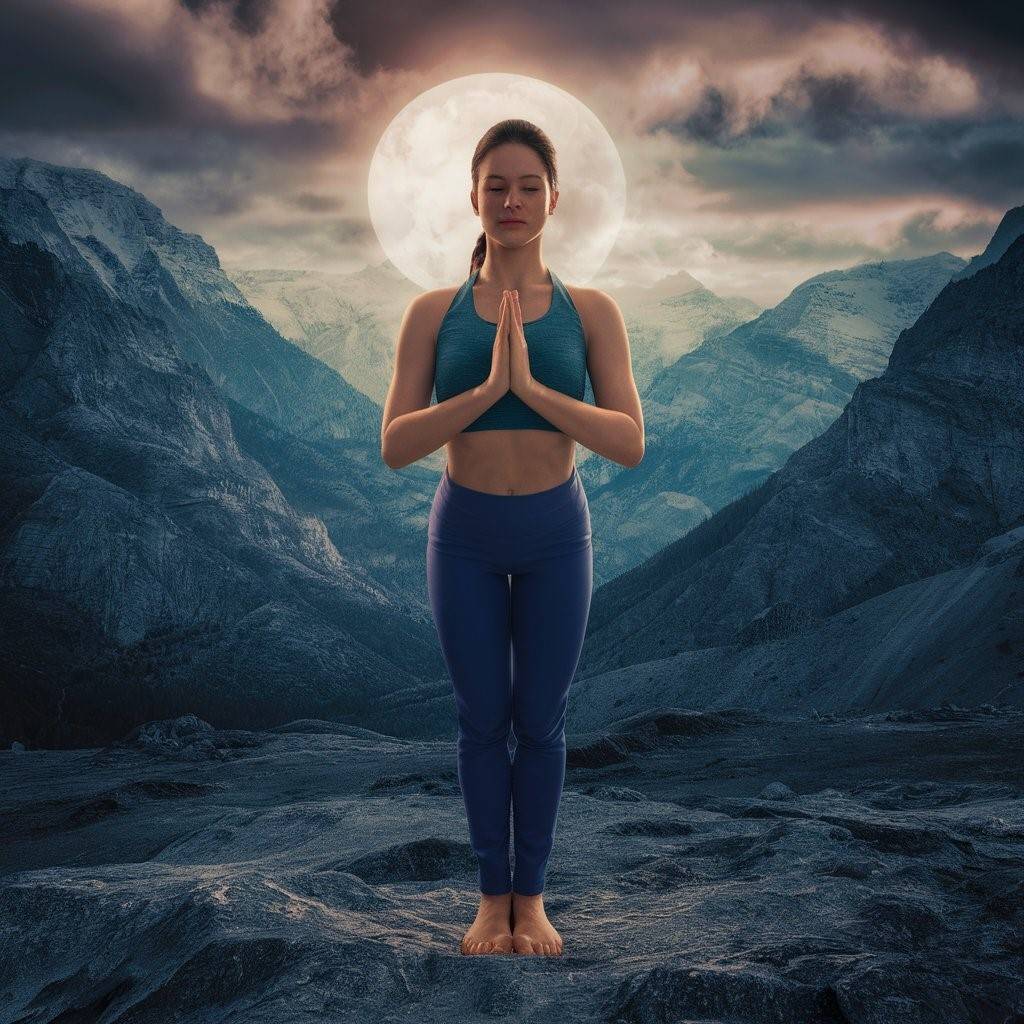
It is the one of Best Yoga Moves for Beginners. The Mountain Pose is the foundation of all standing poses in yoga. It may seem simple, but this pose helps cultivate proper body alignment, enhances posture, and promotes a grounded and stable stance.
To practice Mountain Pose:
- Position yourself with your feet spaced at hip-width, ensuring your toes are directed straight ahead.
- Engage your core and lift your chest.
- Keep your shoulders relaxed and arms at your sides.
- Feel your weight evenly distributed between your feet.
- Breathe deeply and hold the pose for several breaths.
2. Child’s Pose (Balasana)
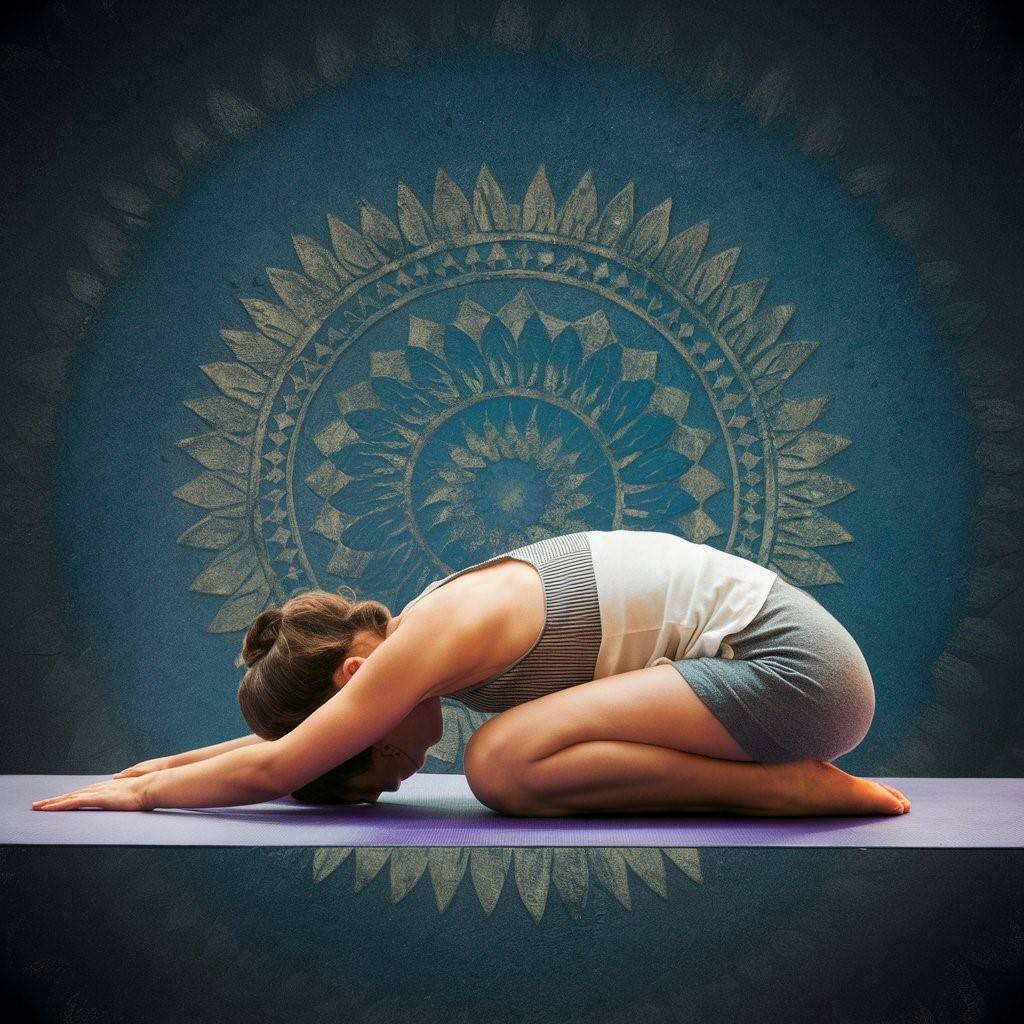
Child’s Pose is a gentle, restorative pose that stretches the back, hips, and thighs while promoting relaxation and stress relief. It’s an excellent pose to incorporate throughout your practice or whenever you need a moment of rest.
To practice Child’s Pose:
- Start on your hands and knees, with your knees hip-width apart.
- Bring your big toes together and sit back on your heels.
- Extend your arms forward or alongside your body.
- Relax your forehead on the mat or a block.
- Breathe deeply and hold the pose for as long as desired.
3. Tree Pose (Vrksasana)
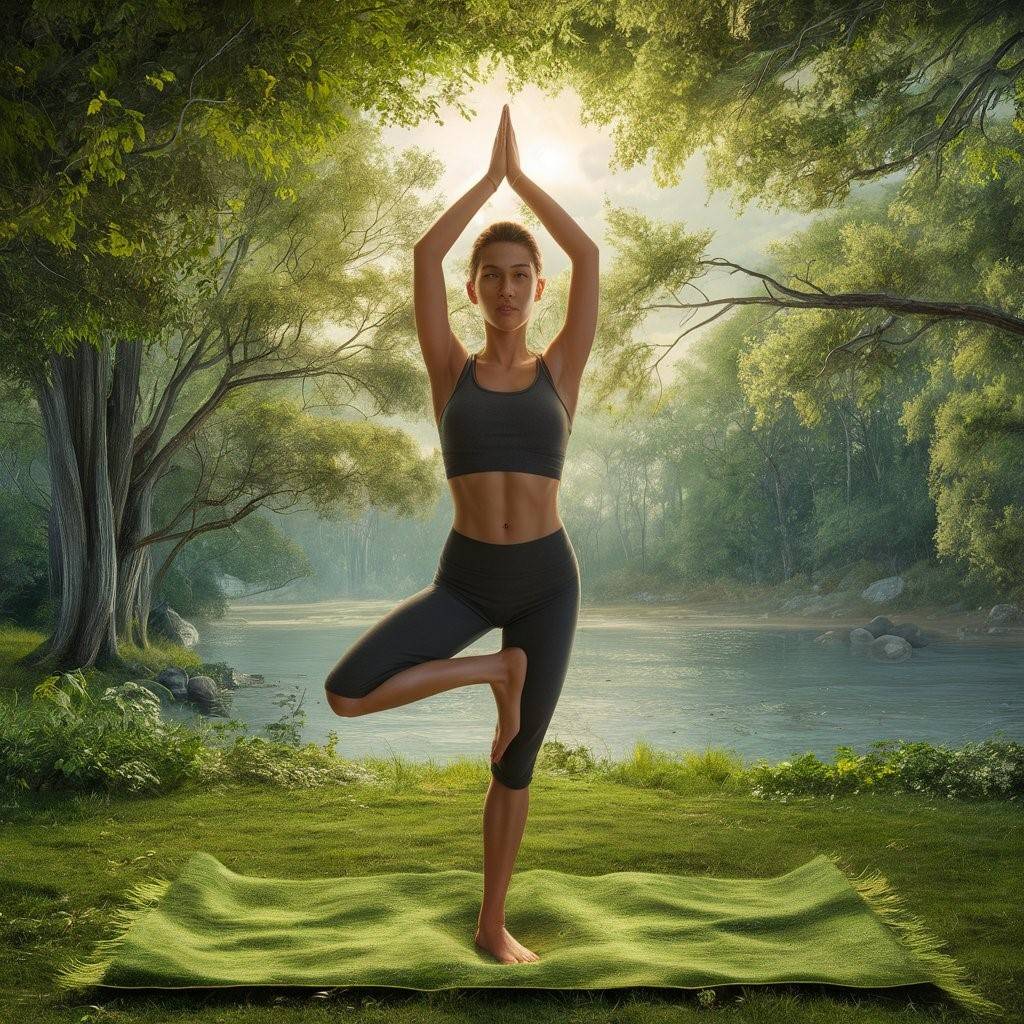
It is the one of Best Yoga Moves for Beginners. The Tree Pose is a classic standing balance pose that challenges your focus and stability while strengthening your legs and improving overall body awareness.
To practice Tree Pose:
- Begin in Mountain Pose, then shift your weight onto one leg.
- Place the sole of your other foot against your ankle, calf, or inner thigh (avoid knee pressure)
- Engage your core and find a focal point to improve balance.
- Optionally, extend your arms overhead or bring your palms together at your heart center.
- Hold the pose for several breaths, then switch sides.
4. Forward Fold (Uttanasana)
The Forward Fold is a gentle inversi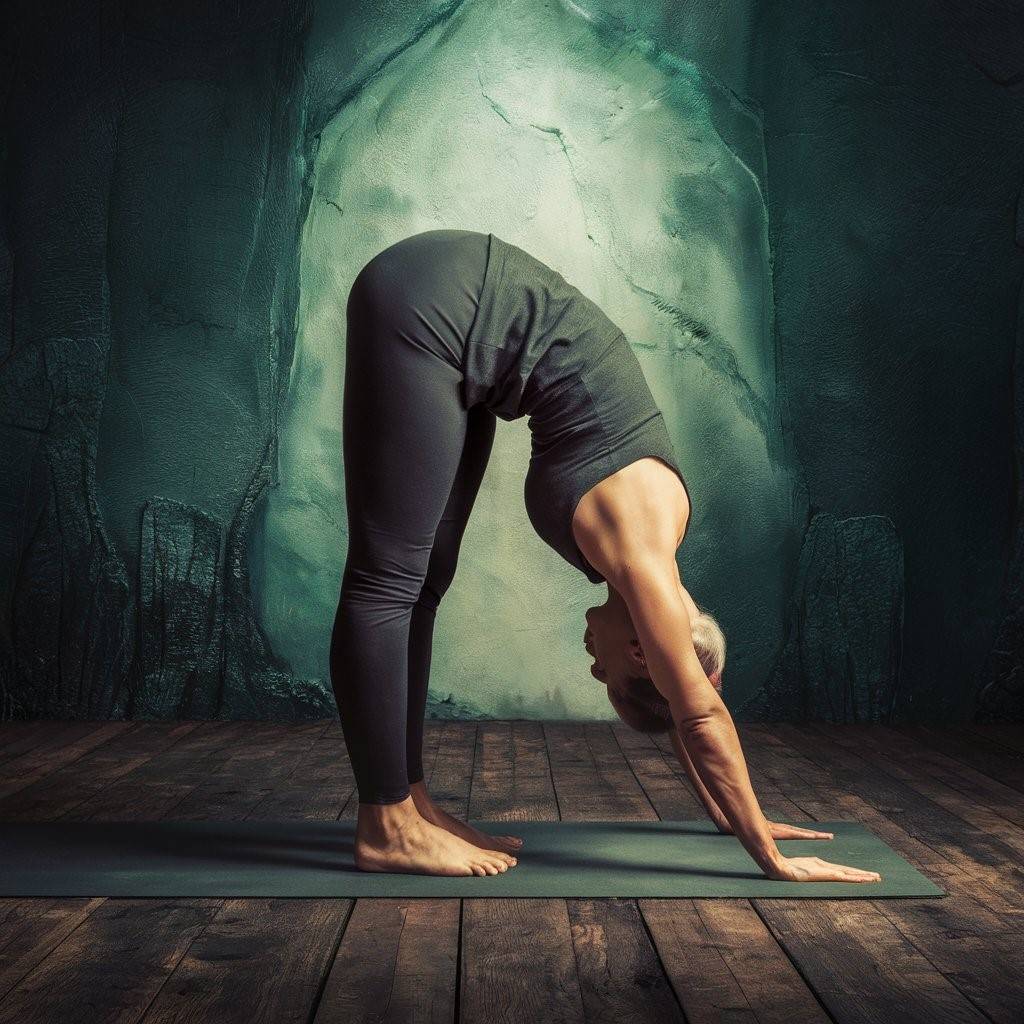 on that stretches the hamstrings, calms the mind, and can help relieve mild backache or fatigue.
on that stretches the hamstrings, calms the mind, and can help relieve mild backache or fatigue.
To practice Forward Fold:
- Start in Mountain Pose, then hinge at your hips to fold forward.
- Keep a slight bend in your knees if needed.
- Let your arms dangle towards the floor or hold opposite elbows.
- Ease the tension in your head and neck while taking deep breaths into the depths of your back.
- Hold the pose for several breaths, then slowly roll back up to standing.
5. Plank Pose (Phalakasana)
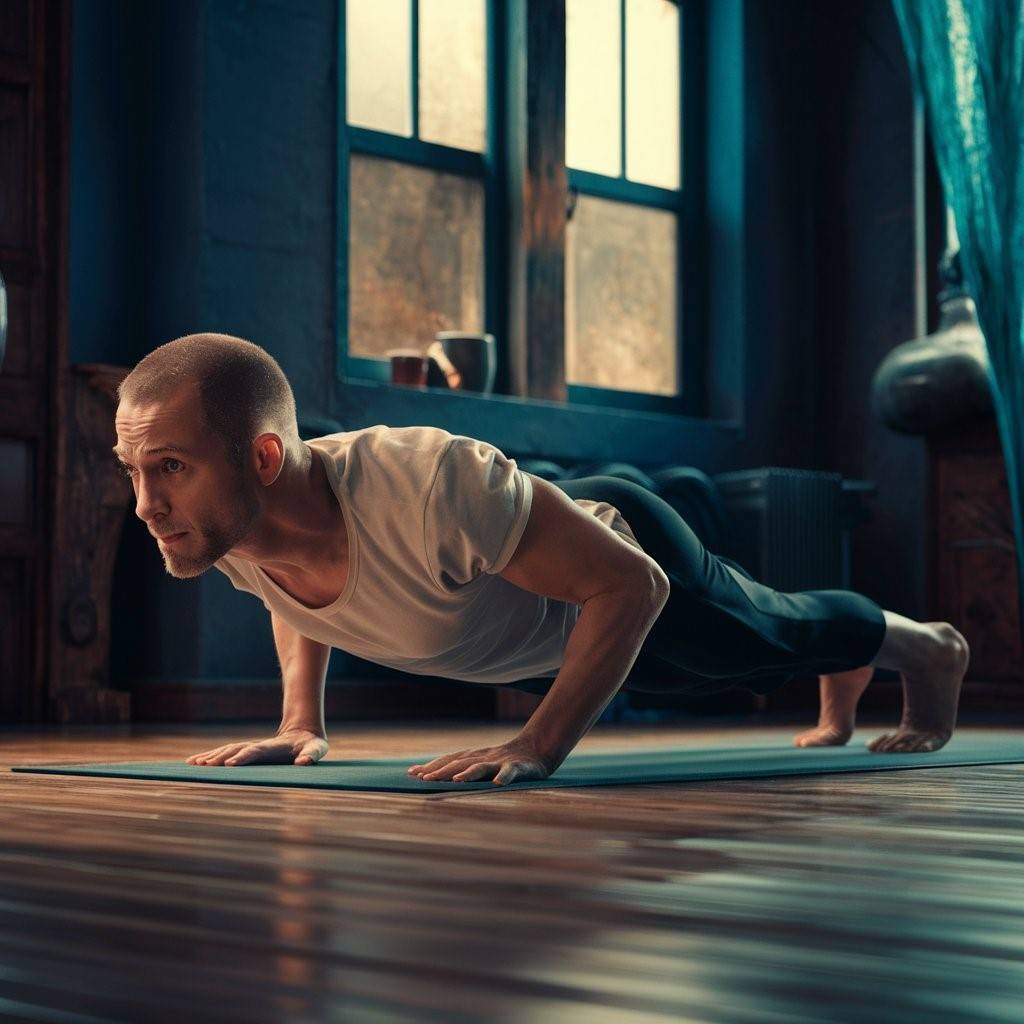
Best Yoga Moves for Beginners: The Plank Pose is a foundational pose that strengthens your core, arms, and legs while improving overall body strength and endurance.
To practice Plank Pose:
- Start in a push-up position with your hands directly under your shoulders.
- Engage your core and form a straight line from heels to head.
- Keep your gaze slightly forward to maintain a neutral spine.
- Breathe deeply and hold the pose for as long as it is comfortable.
- Modify by dropping your knees if needed.
6. Downward-Facing Dog Pose (Adho Mukha Svanasana)

It is the one of Best Yoga Moves for Beginners. Downward-Facing Dog is a classic yoga pose that stretches and strengthens the entire body while promoting a sense of calm and focus.
To practice Downward-Facing Dog:
- Start on your hands and knees, with your hands slightly in front of your shoulders.
- Tuck your toes and lift your hips up and back, forming an inverted V-shape.
- Keep your feet hip-width apart and your hands shoulder-width apart.
- Press firmly into your hands and feet and engage your core.
- Breathe deeply and hold the pose for several breaths.
7. Cat-Cow Pose (Marjaryasana-Bitilasana)
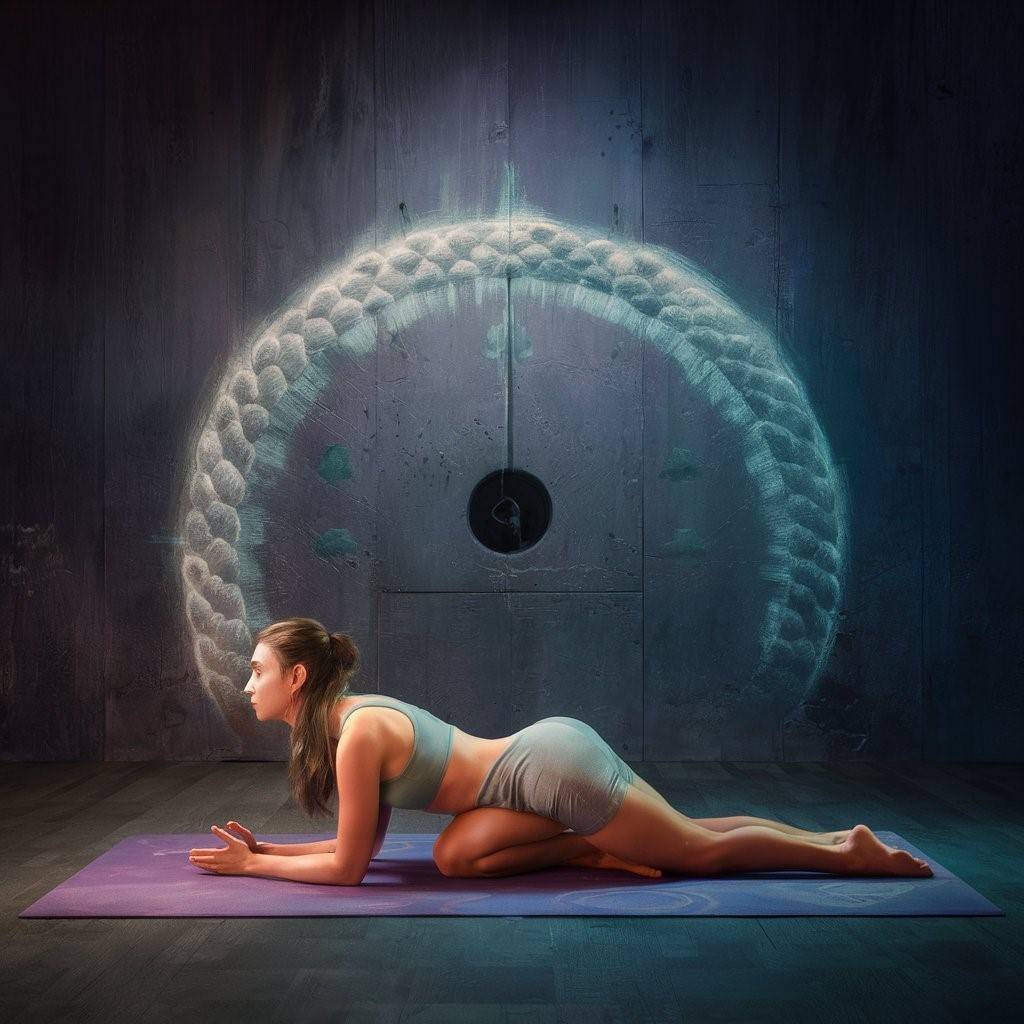
The Cat-Cow Pose is a gentle, flowing sequence that improves spinal flexibility, relieves tension in the back and neck, and promotes a sense of calmness.
To practice Cat-Cow:
- Begin on your hands and knees in a tabletop position.
- On an inhale, drop your belly towards the mat and lift your head and tailbone (Cow Pose)
- On an exhale, arch your spine towards the ceiling and tuck your chin (Cat Pose)
- Move smoothly between the two poses, syncing your breath with the movements.
8. Bridge Pose (Setu Bandha Sarvangasana)
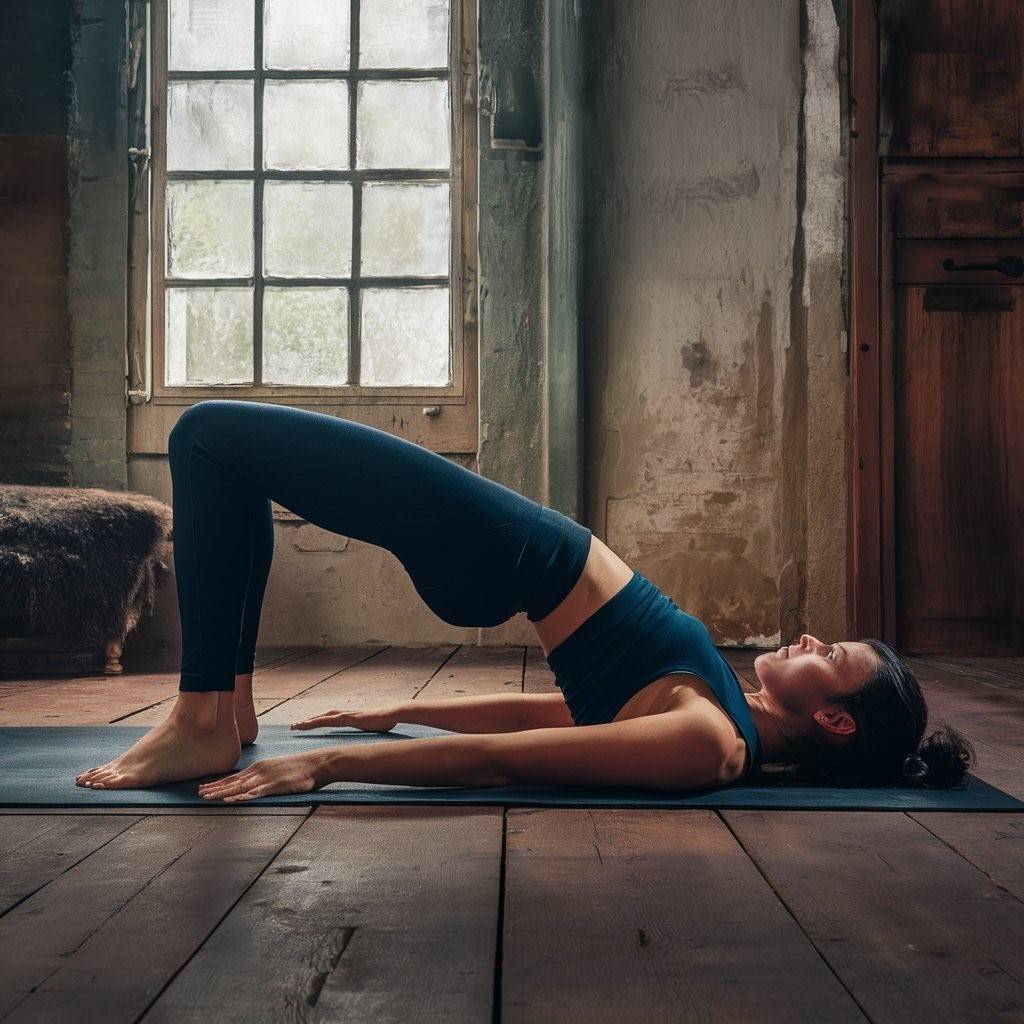
Bridge Pose is a gentle backbend that stretches the chest, spine, and hip flexors while strengthening the back muscles and improving circulation.
To practice Bridge Pose:
- Lie on your back with your knees bent and feet flat on the floor.
- Engage your core and press your feet and arms into the mat.
- Lift your hips off the mat, creating a straight line from knees to shoulders.
- Interlace your fingers beneath your back for added support.
- Breathe deeply and hold the pose for several breaths.
9. Cobra Pose (Bhujangasana)
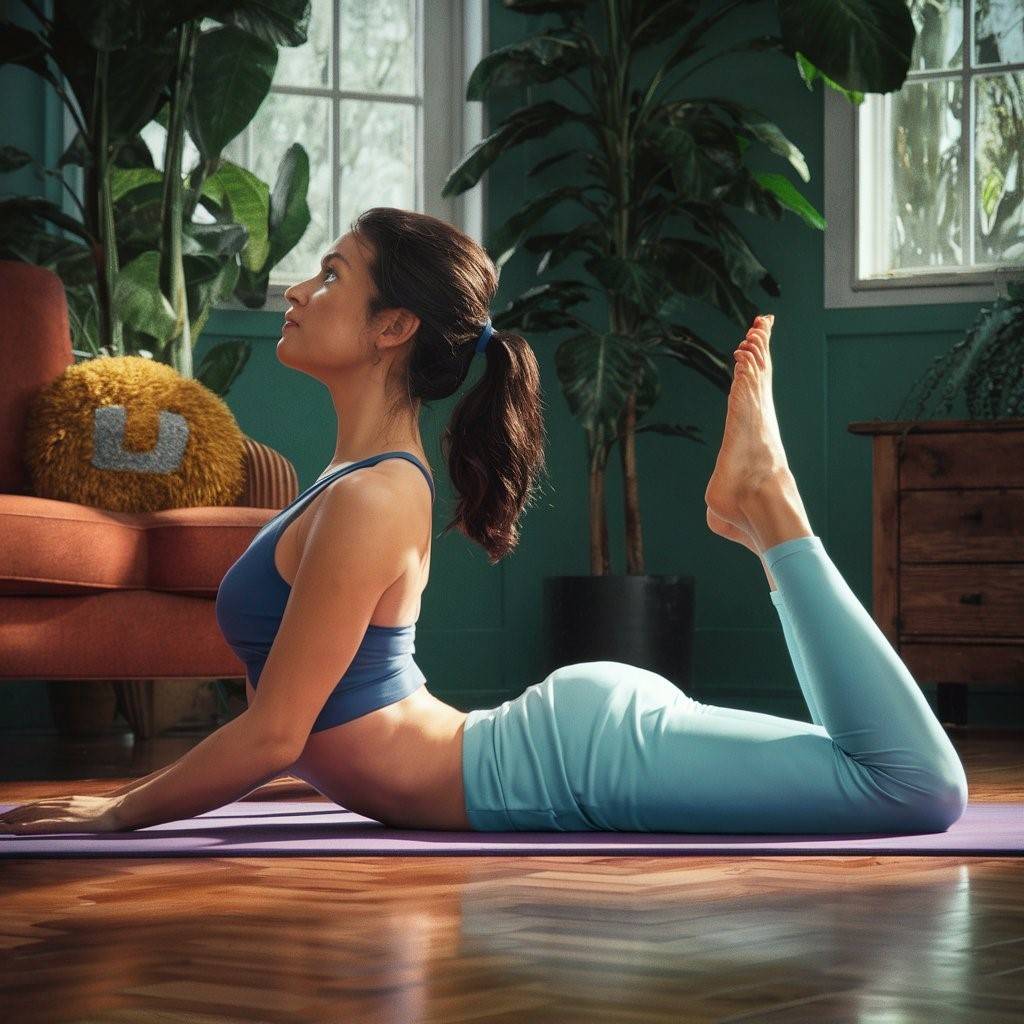
Best Yoga Moves for Beginners: Cobra Pose is a gentle backbend that strengthens the back muscles, opens the chest, and improves spinal mobility and posture.
To practice Cobra Pose:
- Lie on your stomach with your hands directly under your shoulders.
- Engage your core and press your toes into the mat.
- On an inhale, lift your chest off the mat, keeping your elbows close to your body.
- Look slightly up and breathe deeply into your back.
- Hold the pose for several breaths, then gently release back to the mat.
10. Seated Twist (Ardha Matsendra’s)
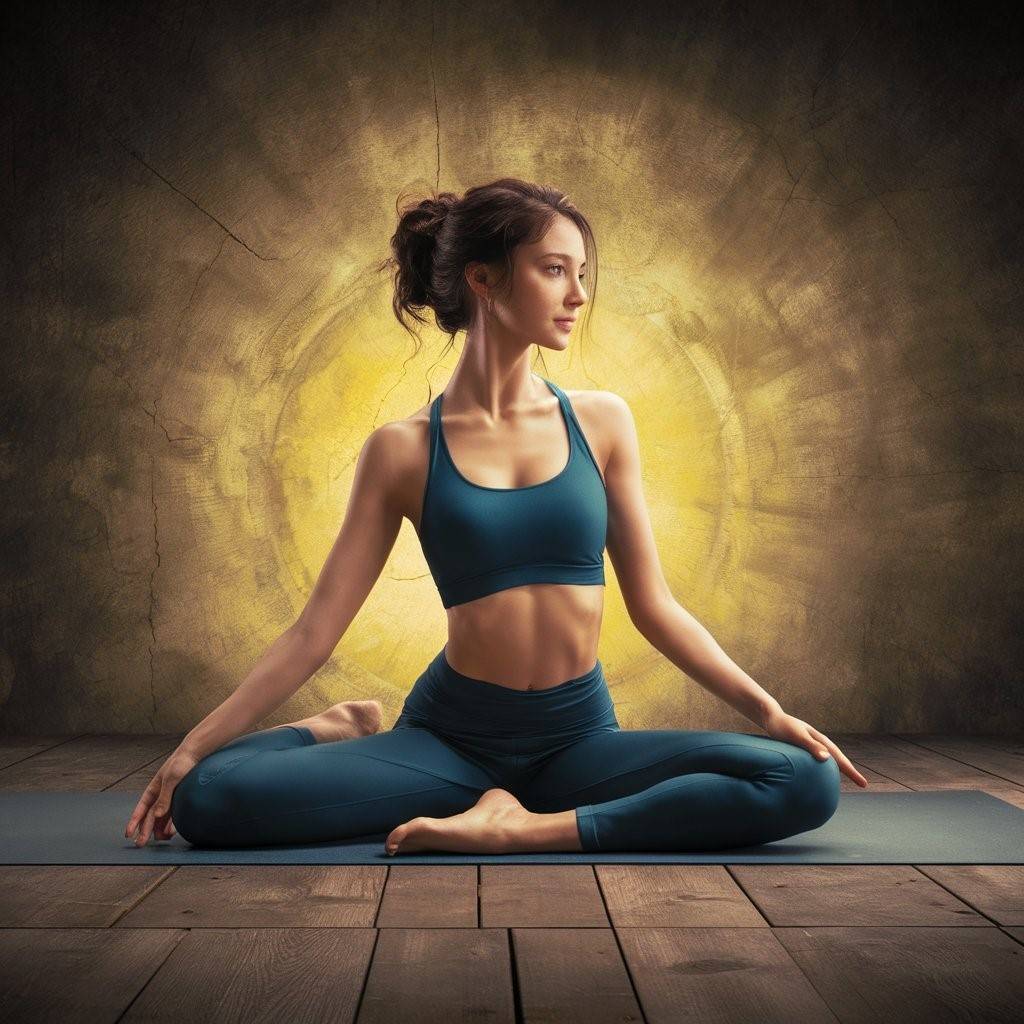
The Seated Twist is a gentle, yet effective pose that improves spinal mobility, aids digestion, and relieves tension in the back and shoulders.
To practice Seated Twist:
- Sit on the mat with your legs extended in front of you.
- Bend your right knee and place your right foot on the outside of your left thigh.
- Twist your torso towards your right, placing your left hand behind you and your right hand on your right knee or thigh.
- Gaze over your right shoulder and breathe deeply.
- Hold the pose for several breaths, then switch sides.
11. Corpse Pose (Savasana)
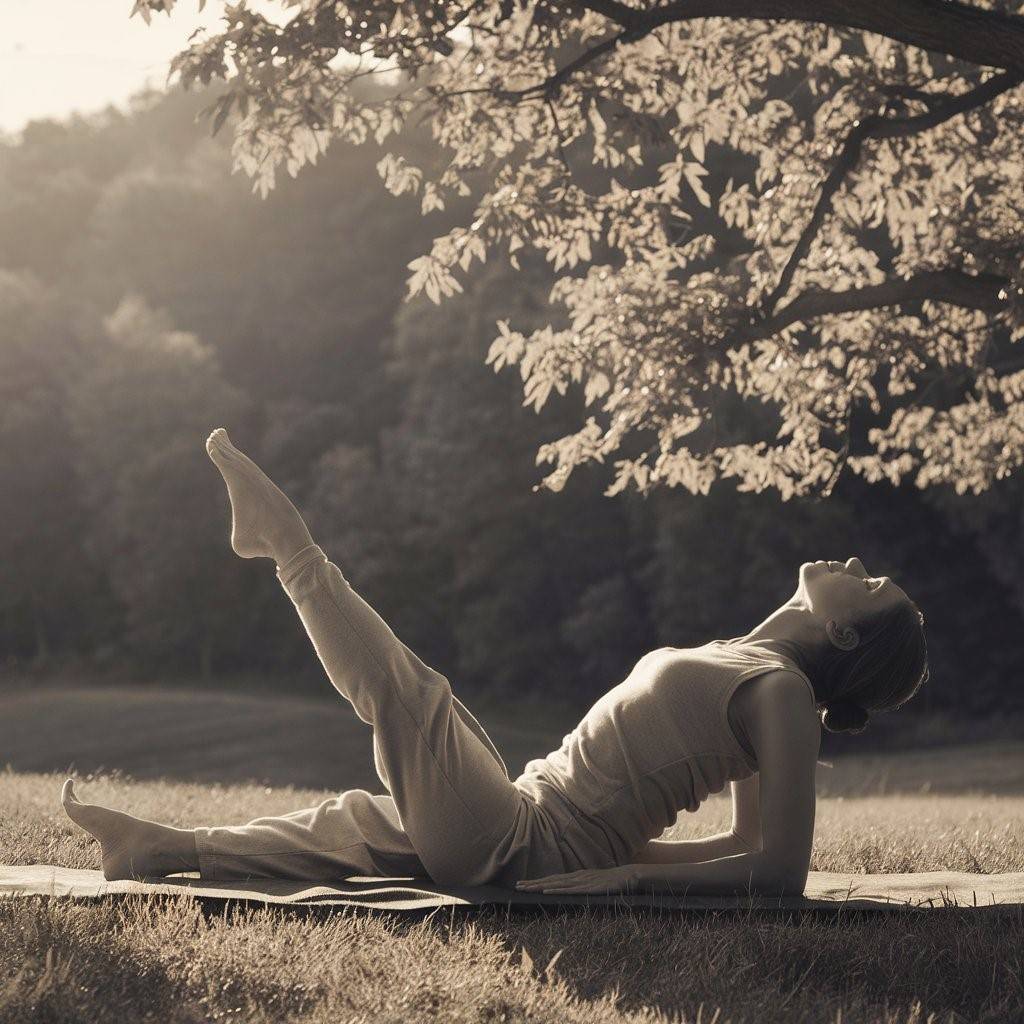
Best Yoga Moves for Beginners: Corpse Pose is the final resting pose in a yoga practice, promoting deep relaxation and allowing the body and mind to integrate the benefits of the previous poses.
To practice Corpse Pose:
- Lie flat on your back with your legs extended and arms at your sides, palms facing up.
- Relax your entire body, releasing any remaining tension.
- Close your eyes and focus on your breath, allowing it to return to its natural rhythm.
- Stay in this pose for at least 5-10 minutes, letting go of any thoughts or distractions.
12. Breath Awareness (Pranayama)

While not a physical pose, breath awareness is a crucial aspect of yoga practice. Pranayama, or breath control exercises, can help you cultivate mindfulness, reduce stress and anxiety, and enhance overall well-being.
To practice breath awareness:
- Find a comfortable seated position, with your spine straight but relaxed.
- Close your eyes or keep a soft gaze forward.
- Notice the natural flow of your breath, without trying to control it.
- Observe the sensation of air entering and leaving your nostrils.
- As your mind wanders, gently bring your attention back to your breath.
You can also try these simple breathing techniques:
- Equal Breathing: Inhale for a count of 4, exhale for a count of 4
- Belly Breathing: Place one hand on your belly and breathe deeply, allowing your abdomen to expand on the inhale and contract on the exhale.
- Alternate Nostril Breathing: Use your thumb and ring finger to gently close off one nostril at a time, inhaling through one nostril and exhaling through the other.
Remember, breath awareness is an integral part of yoga practice and can be incorporated throughout your session or practiced as a standalone exercise for relaxation and stress relief.
Conclusion: Best Yoga Moves for Beginners
Congratulations! You now have a solid understanding of the 12 best yoga moves for beginners. These essential poses will not only help you build a strong foundation but also provide numerous physical and mental benefits.
Remember, consistency is key when starting a new yoga practice. Even dedicating a few minutes each day to practicing these poses can make a significant difference in your overall well-being.
As you progress, feel free to explore more advanced poses and variations, but always listen to your body and respect its limits. Yoga is a journey of self-discovery, and every step you take towards mindfulness and physical fitness is a step in the right direction.

